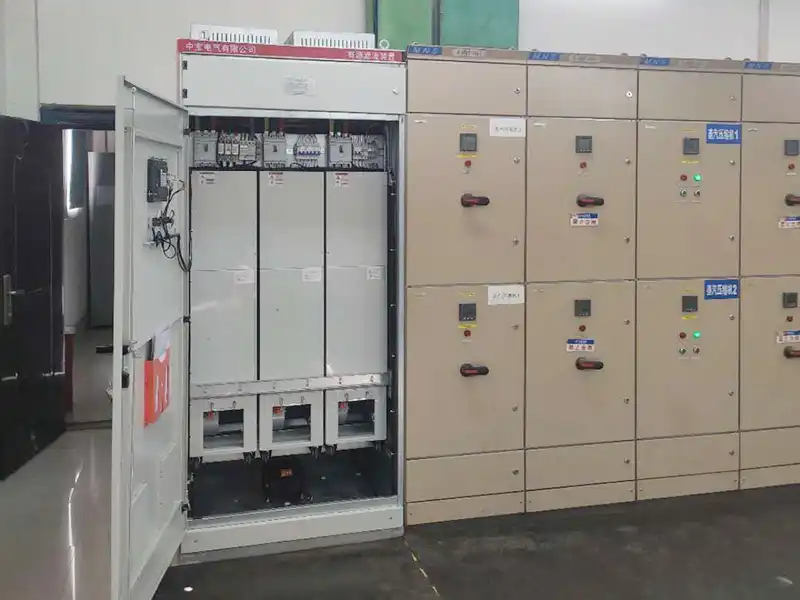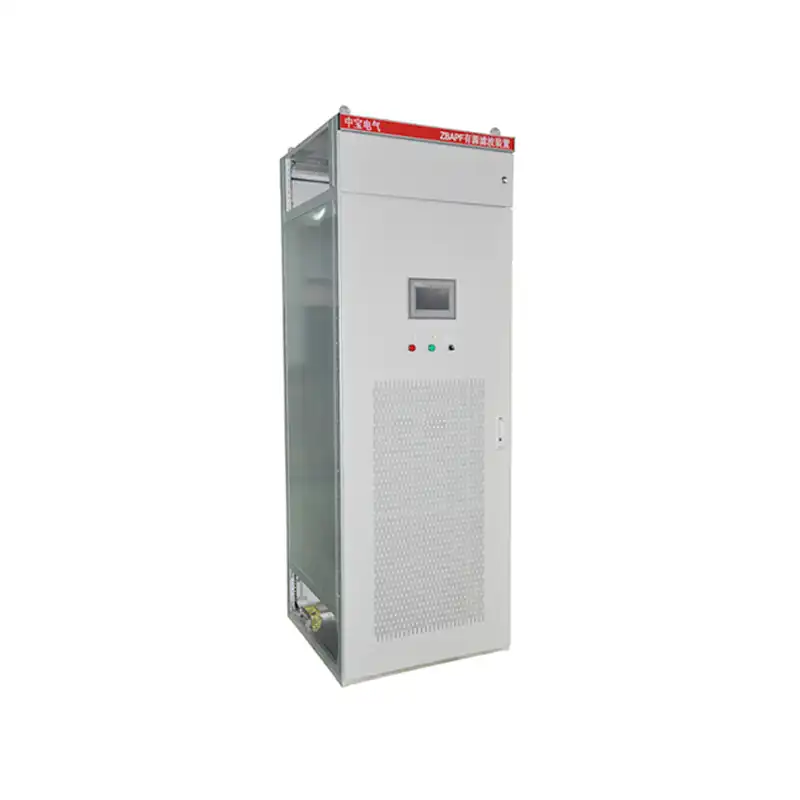Things to consider when buying active harmonic filters?
Active harmonic filters may efficiently remove network harmonic disturbances. What are the most important factors to consider when choosing active harmonic filters?
Topology of inverters
Most recent AHFs are constructed on a 3-level NPC inverter architecture, which has significant advantages over standard 2-level topologies. The switching frequency and voltage stress are divided across the IGBTs in a three-level configuration. Reduced stress increases the lifespan of power electronics. Because of the smaller LC-filter, the 3-level NPC inverter provides an output waveform that is closer to sinusoidal, allowing for a smaller physical size of the entire AHF system. It also achieves higher efficiency, fewer losses, and lower noise levels. This reduces the overall cost of ownership significantly.
Losses
AHFs can have larger or lower losses depending on their design and topology. Losses must be minimized since they diminish the investment’s life cycle cost. AHFs typically have 2-3% losses (depending on rated power). AHFs with a three-level NPC inverter architecture exhibit lower losses than two-level AHFs. Reduced losses can result in significant financial savings if the LCC is estimated over a few years, depending on the user profile.
Reaction time
Some power quality issues occur exceedingly quickly, necessitating even quicker mitigation. If the process is influenced by quick voltage fluctuations or transients, the total reaction time of the AHF must be evaluated. Welding machines, lifts, and cranes are examples of applications that require rapid mitigation.

Interharmonics
Interharmonics are frequently the result of synchronization problems. If the installation has inter harmonic sources, the manufacturer should be informed because not all AHFs can handle this. It’s a prevalent problem with cyclo converters and certain older wind turbine generators.
Capacity for harmonic correction
Harmonics are seen in both odd and even orders. The 25th or 50th harmonic order is the most common capacity for AHFs. There is often a claim of being able to attenuate the 51st harmonic, which has little significance because harmonic orders of the 51st and above do not occur in electric power systems. An additional consideration is that the AHF may allow you to choose which harmonic order to compensate for. Some devices allow you to pick the whole harmonic spectrum (1st to 50th, odd and even), while others just allow you to select a few harmonic orders. Depending on the application, the ability to adjust for a certain harmonic order is a key problem that affects the overall performance of the system.
EMC (Electromagnetic compatibility)
EMC regulations are strictly enforced in various nations. The AHF must be equipped with a correctly constructed EMC filter to ensure that it does not cause interference.
Derating based on harmonic order
An AHF’s rating is typically defined at nominal load (at 50/60Hz). As the AHF operates further up the harmonics, its capacity begins to degrade in comparison to the nominal. A 50% derating at the 13th harmonic order, for example, means that a 100A AHF can only compensate 50A at the 13th harmonic order.
Derating is determined by the robustness of the AHF. This capability is more dependent on the current’s change rate than on its frequency and amplitude (all frequencies, size, and phase have an impact). As a result, a derating curve cannot demonstrate the AHF’s capacity. The only method to determine a device’s true compensating capabilities is to measure its di/dt capacity. When compared to 2-level topology devices, 3-level NPC inverter topology AHFs have superior compensatory capabilities.

Modularity and physical footprint
Most providers provide multiple installation options, including cubicle type, wall mount, and loose modules that may be put locally within new or existing cubicles. Cubicle has a greater IP rating than loose modules since it contains relays and a good air circulation system. Customers may adjust to future harmonic filtering and reactive power compensation demands using a modular AHF architecture. The AHF’s modular architecture allows for easy expansion of capacity inside the existing arrangement, saving both money and space.
Voltage
AHFs are available at a variety of voltages, the most common being 200V to 690V. Some manufacturers can create AHFs for even greater voltages, up to 1000V, without using a step-up transformer, which saves money and space. AHFs can be connected to medium voltage systems by employing a proper step-up transformer. Because of the higher impedance between the AHF and the network, step-up (or step-down) transformers might affect compensation performance.
HMI
There are several HMI configurations for AHFs. Some feature a very simple front HMI, while others have graphs of current and voltage waveforms, as well as many more functions in several languages. A web-based interface that allows for in-depth monitoring and control features is a huge plus.
Software commissioning
Without the necessary tools, commissioning and servicing AHFs can be time-consuming. Some companies offer software to help with this. The system’s minimum necessary functionality should be self-checking of voltage and CT phase order, CT polarity check, self-diagnosis, and self-calibration. Such capabilities will detect installation faults before they cause difficulties, reducing commissioning time. If the AHF lacks this sort of software, commissioning becomes more difficult and may necessitate external assistance, increasing system costs.
Smart Grid capabilities
Some AHFs have a power quality tester that calculates the appropriate adjustment. Some vendors allow the customer to connect all AHFs on-site using a web-based architecture. An operator may then monitor and log the status of all linked AHFs. This offers the capacity to log events that may have caused production disruptions, monitor individual AHFs, and do remote monitoring and analysis.
Detuned capacitor bank control
AHFs are frequently deployed at sites with existing or new contactors or thyristor controlled detuned capacitor banks. Some providers provide the option of controlling these banks’ steps directly from the AHF’s control system via specific digital outputs in the AHF. This allows you to use the extensive power quality monitoring and reporting tools of AHFs to correctly monitor all of the installation’s metrics and regulate the entire power quality improvement needs. This results in optimal system integration, efficient operation, control system cost reductions, and the ability to develop hybrid var compensators (HVC).
Harmonic cancellation in neutral (4W)
Active harmonic filters are often fitted to counteract harmonic distortions caused by AC and DC drives or UPS systems. However, the usage of LED lighting and other single-phase loads in buildings generates triple harmonics, which accumulate in the neutral line and should be avoided. High neutral wire currents can be dangerous since the neutral wire heats up quickly when overloaded. As a result, the active harmonic filter should be simple to adapt to 3W or 4W applications.



